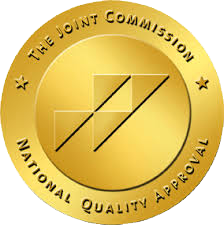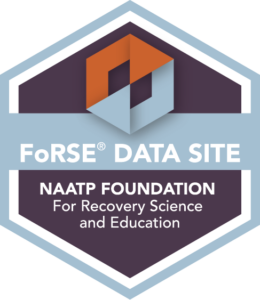Looking at using dreams through the lens of contemporary dream interpretation, or “dream-tending” as it is referred to, we can try and unpack the potential meaning behind dreams where we are using. Often times, dreams that have content around using drugs or alcohol comes most often within the first 90 of sobriety. Dreams can be analyzed from several different perspectives, but Dr. Steven Aizenstat, the world’s leading thinker on dream interpretation holds firmly the belief that dreams serve (among others) the purpose of trying to convey insight that could not be digested consciously. It emerges from the depths of our personal unconscious which contains a plethora of materiel from repressed instinctual drives on a biological level, to consciously suppressed ideas about ourselves that we do not like or accept, and finally, content that arises from what Dr. Aizenstat calls the collective unconscious. For brevity’s sake we will look at the former two sources of dream content.
Because no 2 dreams, even if the content is identical, share the same meaning, it also important to note that making sweeping generalizations about dream content is ill-advised. Rather than discussing what using dreams mean in the context of biological drives and conscious suppressed content, let’s try and think about what message we are being sent. For instance, it seems reasonable that using dreams would be most prevalent in early sobriety due to the fact that the brain is grasping at what it knows in order to regulate itself. We used drugs and alcohol to maintain homeostasis, and although this state is quite purely miserable, the drugs did serve a purpose. With the immediate cessation of use and removal off the drugs from our systems, our psyche is craving for some sort of regulatory force. The most recent agent of regulation in early sobriety was drugs, and as a consequence of this relationship, our psyche is in a stage of shock without it. The good news is that our psyches are not only malleable, but that they want to be driven by meaning and purpose as opposed to instantaneous pleasure. When trying to examine our drugs dreams, we should ask ourselves a few questions that may lead to insight. First we can ask, “Who was the primary figure in the dream and what was their purpose? Next we ask, “What are the feeling-tones surrounding the drug use in the dream?” Finally, we can ask, “What blind spots have I been ignoring?” As is typically the case with dream tending, one may not find obvious answers, however, if we pay close enough attention, our dreams can provide insight that could not be assimilated in any other fashion, and that can lead to personal growth and understanding.






